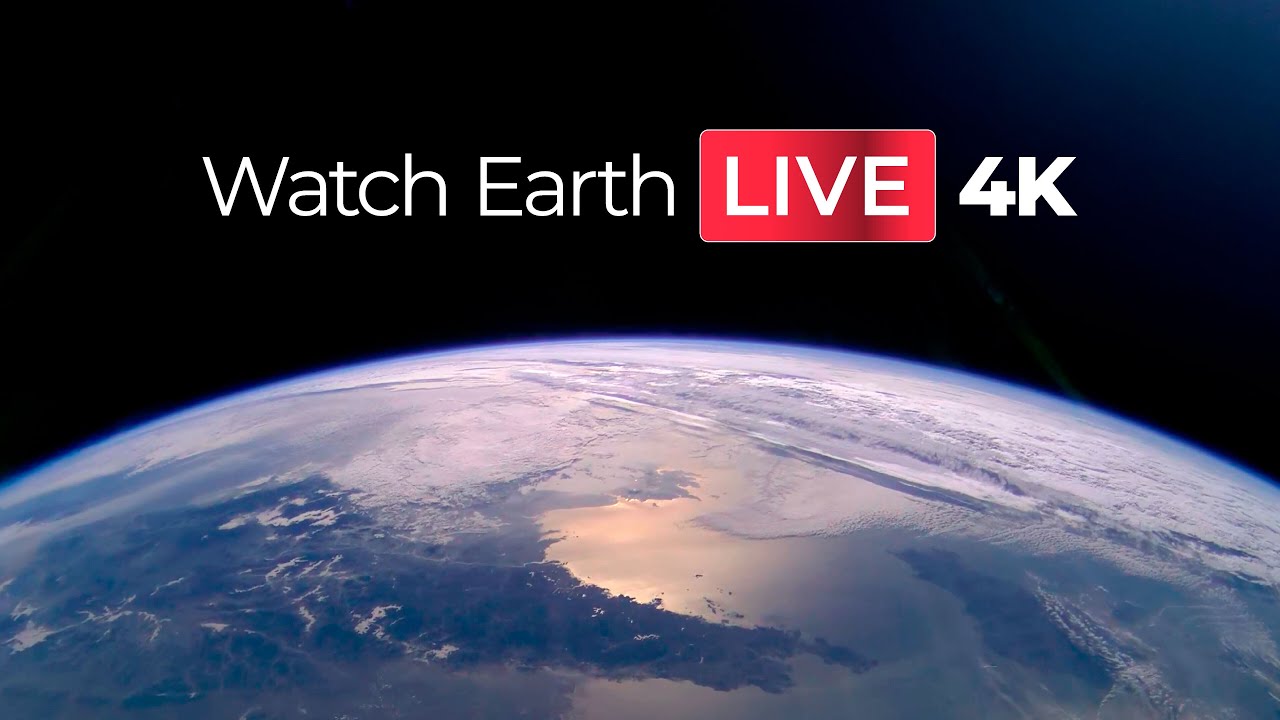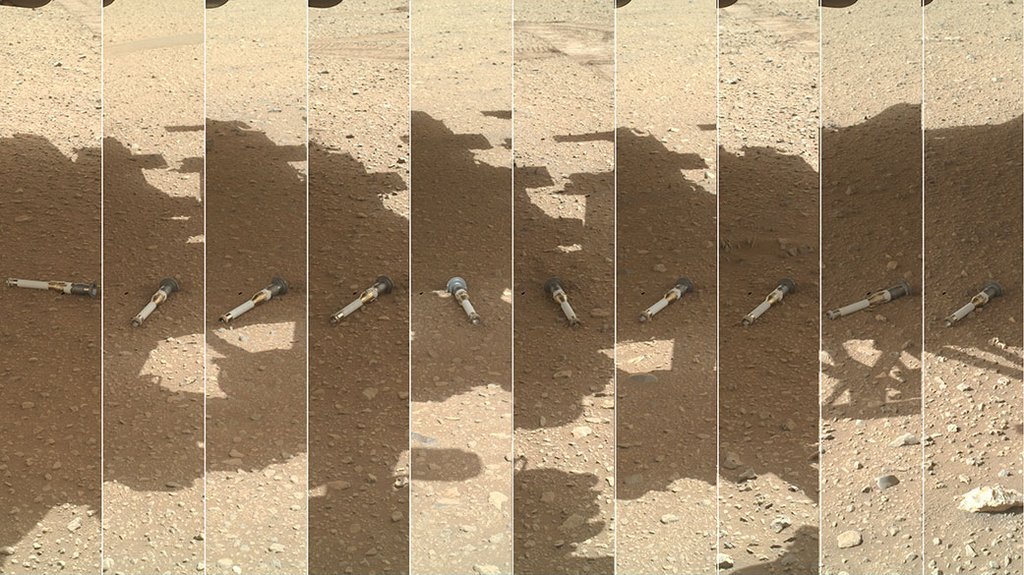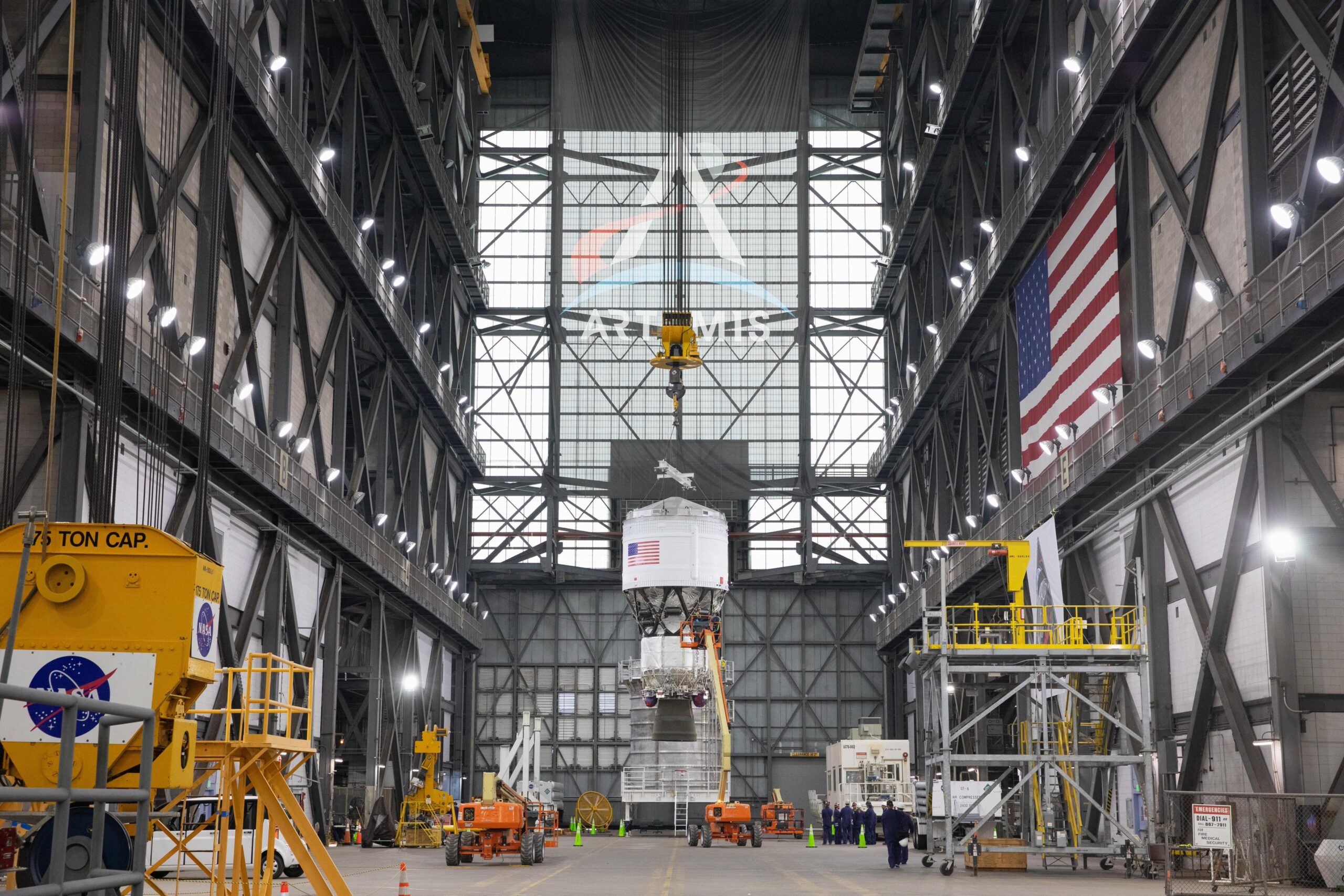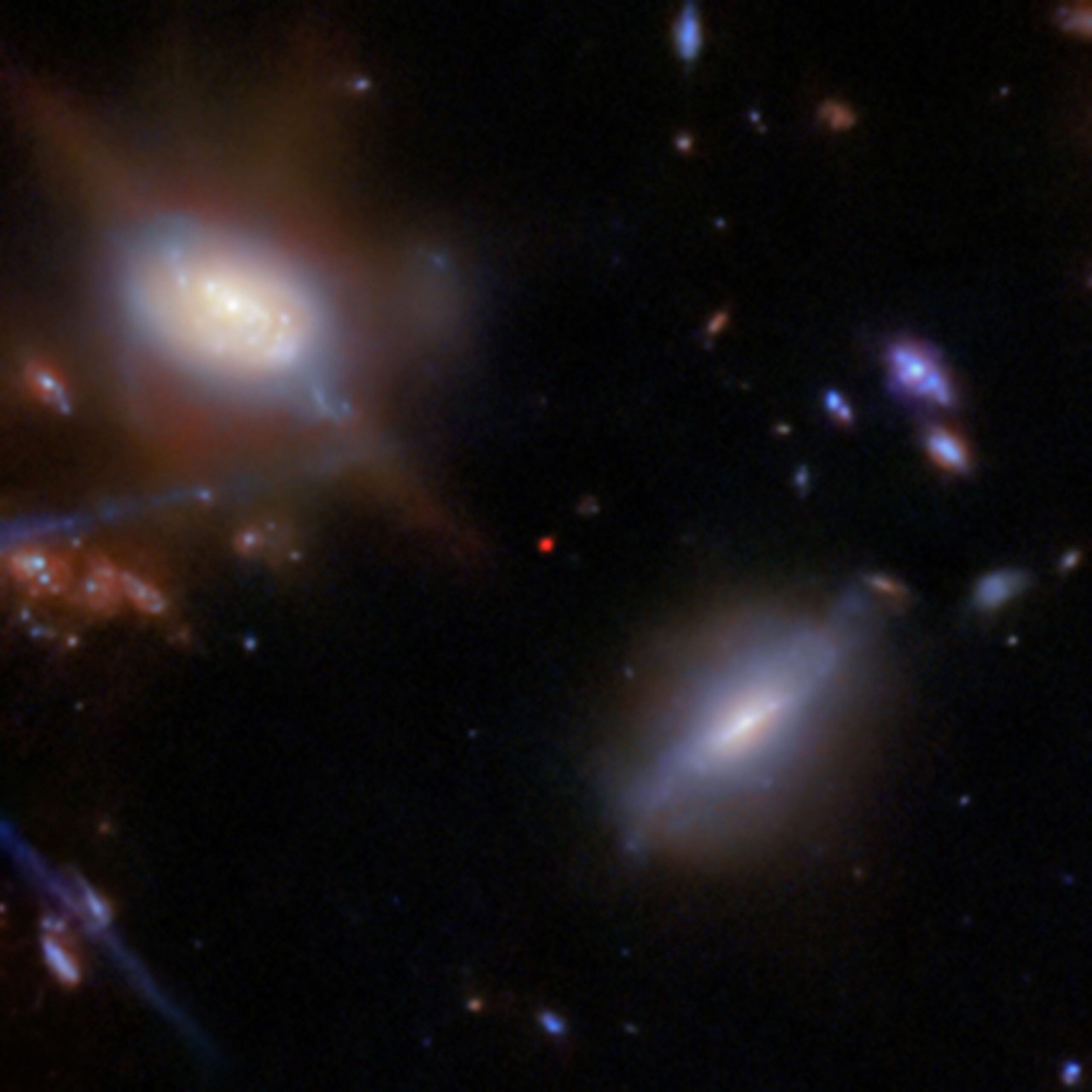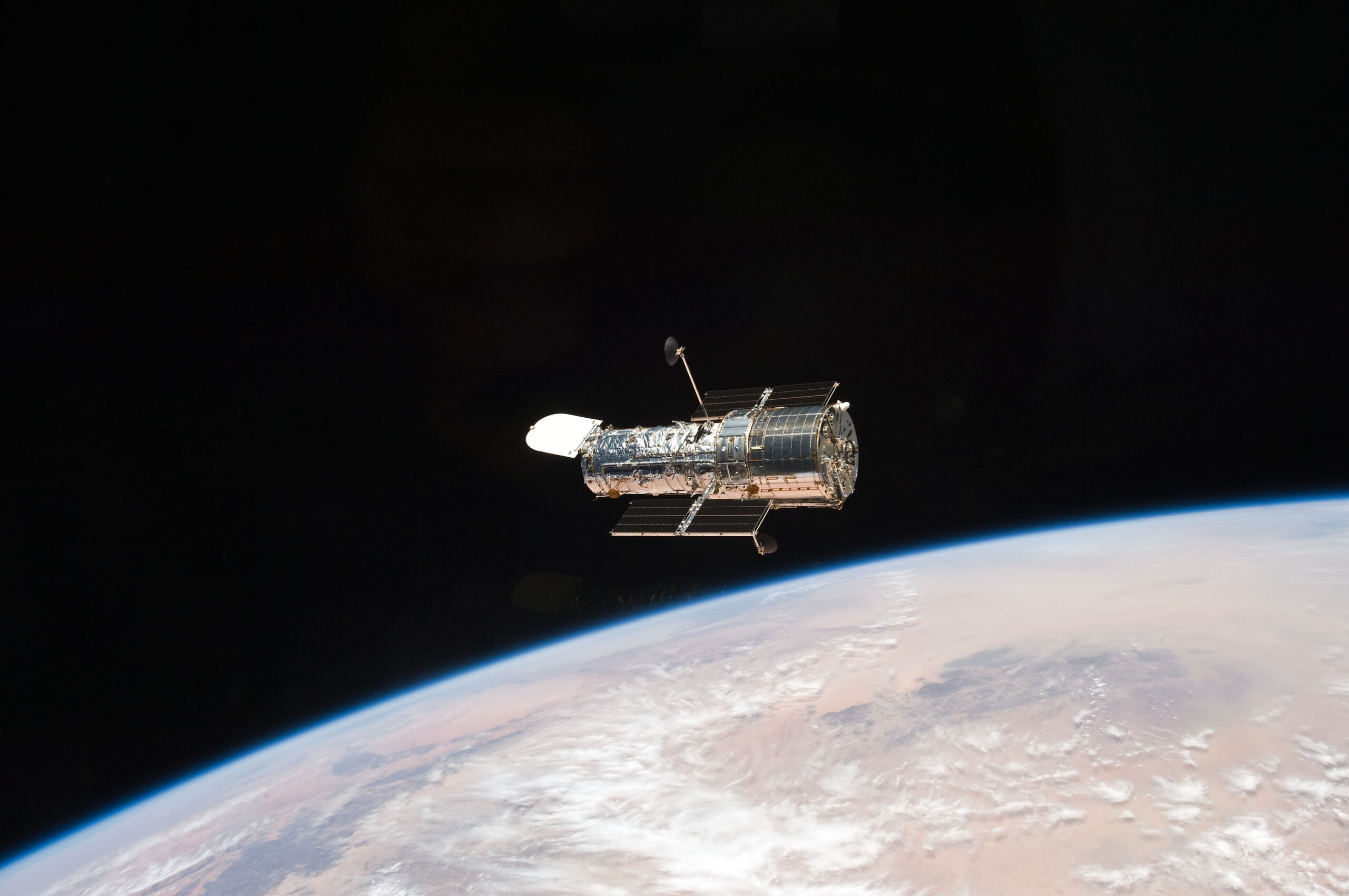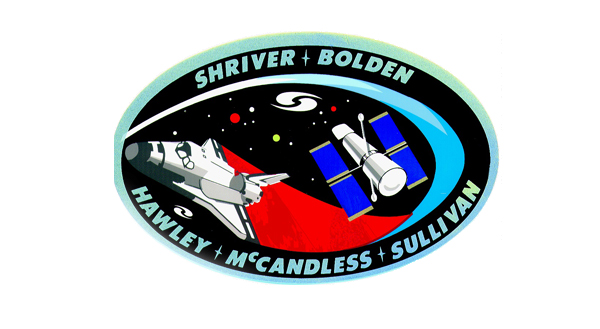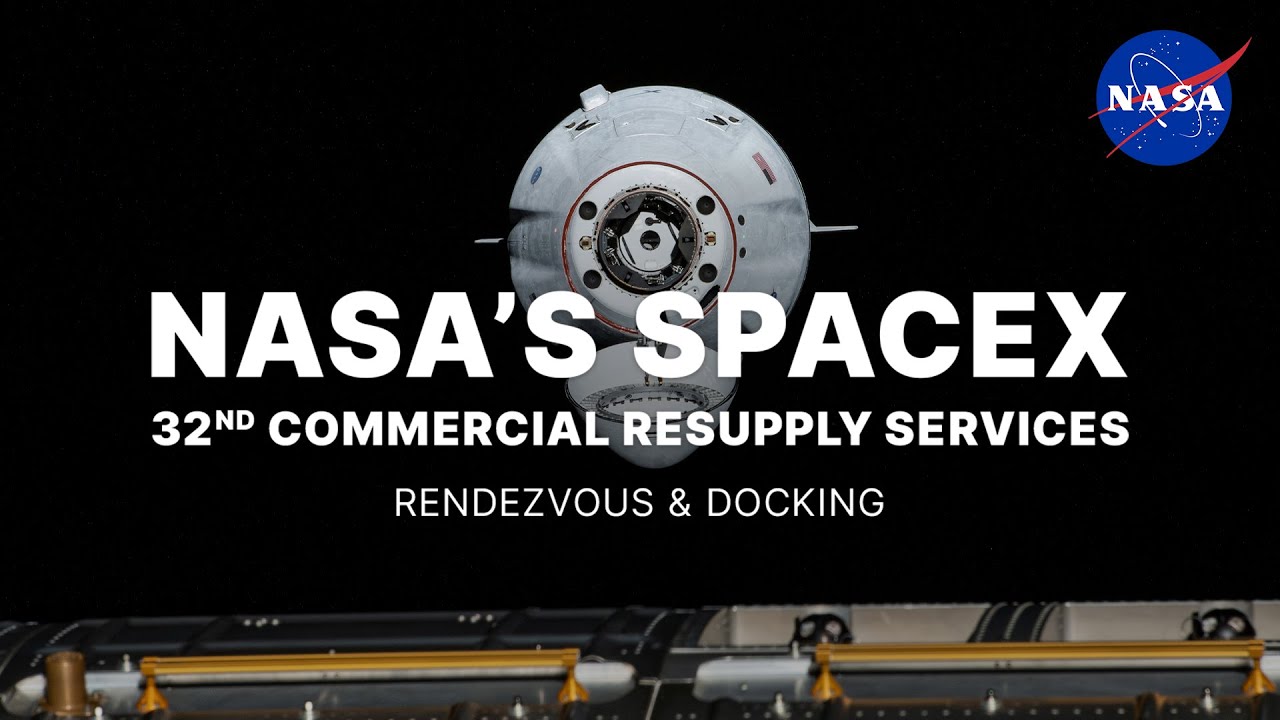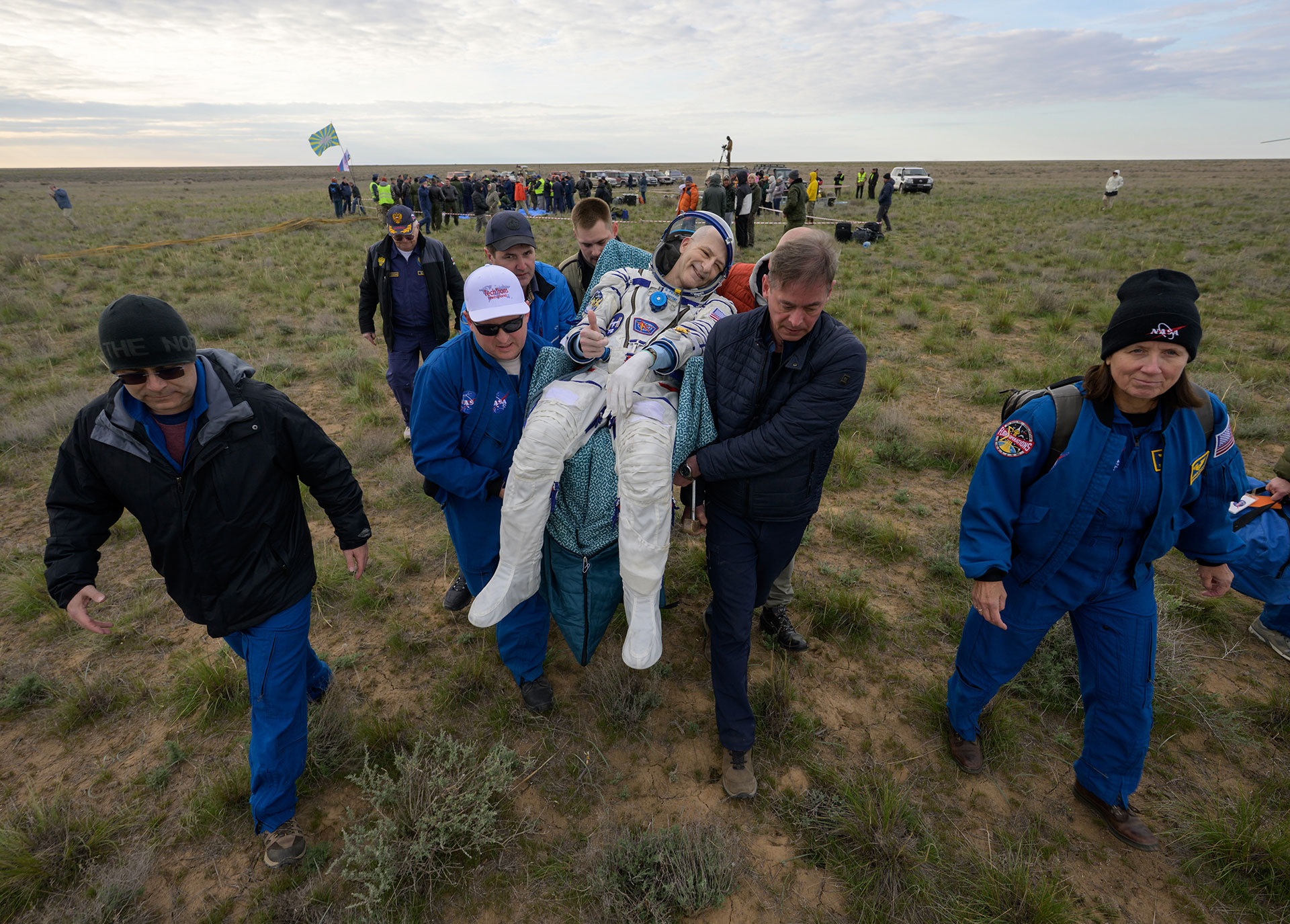Live 4K video of Earth and space: 24/7 Livestream of Earth by Sen’s 4K video cameras on the ISS – YouTube Watch On A SpaceX cargo Dragon is scheduled to depart the International Space Station (ISS) today (May 22), after about a month docked with the orbital laboratory. NASA will livestream the undocking on its NASA+ streaming platform. You can also watch the action in the window above via Sen’s 4k 24/7 high-definition cameras, which are mounted on the station’s exterior. Dragon is scheduled to undock at 12:05 p.m. EDT…
Read MoreTag: Missions
Trump’s 2026 budget plan would cancel NASA’s Mars Sample Return mission. Experts say that’s a ‘major step back’
NASA’s Perseverance Mars rover has been on the prowl within Jezero Crater following its touchdown in February 2021. That car-sized robot has been devotedly picking up select specimens from across the area, gingerly deploying those sealed pick-me-ups on the Red Planet’s surface, as well as stuffing them inside itself. Those collectibles may well hold signs of past life on that enigmatic, dusty and foreboding world. NASA and the European Space Agency (ESA) have for years been intently plotting out plans to send future spacecraft to Mars and haul those Perseverance-plucked…
Read MoreNASA’s Artemis 2 moon rocket gets 2nd stage even as Trump tries to scrap Space Launch System (photos)
The Artemis 2 megarocket set to launch NASA’s next astronauts to the moon in 2026 is almost completely assembled. The giant Space Launch System (SLS) rocket continues to grow inside the NASA’s Vehicle Assembly Building (VAB). Technicians at the Kennedy Space Center (KSC), in Florida, stacked the rocket’s second stage onto the launch vehicle Thursday (May 1). The Interim Cryogenic Propulsion Stage (ICPS) is responsible for carrying the Orion spacecraft and crew the rest of the way into orbit around the Earth, and then sending them on their way to…
Read MoreNASA Soars to New Heights in First 100 Days of Trump Administration
NASA astronauts Nick Hague, Suni Williams, Butch Wilmore, and Roscosmos cosmonaut Aleksandr Gorbunov land in a SpaceX Dragon spacecraft in the water off the coast of Tallahassee, Florida on March 18, 2025. Hague, Gorbunov, Williams, and Wilmore returned from a long-duration science expedition aboard the International Space Station. Credit: NASA/Keegan Barber Today is the 100th day of the Trump-Vance Administration after being inaugurated on Jan. 20. In his inaugural address, President Trump laid out a bold and ambitious vision for NASA’s future throughout his second term, saying, “We will pursue…
Read MoreScientists use the JWST to study an extremely ancient galaxy piercing through the Cosmic Dark Ages
Astronomers have caught an immensely ancient galaxy piercing the veil of darkness that shrouded the early universe. It’s surprising any light from distant galaxy JADES-GS-Z13-1-LA reached Earth at all. Photons coming from the realm that recently landed on the James Webb Space Telescope‘s mirrors existed when the universe was just 330 million years old — and, at that point in its adolescence, the universe was foggy and dim. A dense haze of gas suffused the space between stars, and even between galaxies, absorbing starlight and muffling the whole universe in…
Read MoreHappy 35th birthday, Hubble Telescope! 10 times the iconic observatory blew astronomers’ minds (photos)
For 35 years, the Hubble Space Telescope has served as humanity’s tireless eye in the sky, capturing breathtaking views of the cosmos and transforming our understanding of the universe. The school-bus-sized observatory launched on April 24, 1990 and overcame early setbacks to become one of the most scientifically productive instruments in history. From its vantage point 320 miles (515 kilometers) above Earth, the telescope has sent home more than 1.6 million observations contributing to over 21,000 scientific papers. The Hubble Telescope‘s legacy lies not just in its iconic visuals, but…
Read MoreAging gracefully: The Hubble Telescope is in ‘excellent technical condition’ on its 35th birthday, its chief scientist says
The Hubble Space Telescope is celebrating its 35th anniversary in space today, but even as a senior citizen in the spacecraft population, it is showing no sign of slowing down. “Hubble is more scientifically productive now than ever before, which is kind of mind-blowing,” Jennifer Wiseman, the Senior Project Scientist for Hubble at NASA’s Goddard Space Flight Center, told Space.com. Launched in 1990 by NASA and operated jointly with the European Space Agency, the Hubble Space Telescope was a dream brought to reality. All of a sudden, scientists could harness…
Read MoreFixing the Hubble Space Telescope: A timeline of NASA’s shuttle servicing missions
The Hubble Space Telescope is a masterwork of engineering and human ingenuity. Hubble is comparable in size and weight to a large school bus, but its contributions to science and astronomy could fill libraries. Not only is Hubble one of Earth’s premium sources for absolutely incredible, out-of-this-world imagery, it is also a testament to human curiosity and determination. The telescope has been in operation for over 30 years, undergone a total of five servicing missions and delivered nearly 250 terabytes of data in contributions to our understanding of the universe.…
Read MoreWatch SpaceX Dragon cargo capsule arrive at the ISS today
NASA’s SpaceX 32nd Commercial Resupply Services Rendezvous and Docking – YouTube Watch On A SpaceX Dragon cargo capsule is scheduled to arrive at the International Space Station (ISS) this morning (April 22), and you can watch the orbital rendezvous live. Elon Musk‘s company launched its 32nd robotic resupply mission to the ISS for NASA early Monday morning (April 21), sending a Dragon freighter aloft from Florida’s Space Coast. If all goes according to plan, the Dragon’s off-Earth chase will end this morning around 8:20 a.m. EDT (1220 GMT), when the…
Read MoreNASA’s oldest active astronaut lands with space station crewmates on his 70th birthday
NASA’s oldest active astronaut has redefined traveling “home” for your birthday, landing from the International Space Station on the same day that he turned 70. Don Pettit touched down on Saturday (April 19) with his Soyuz MS-26 crewmates, Aleksey Ovchinin, 53, and Ivan Vagner, 39. The U.S. astronaut and two Russian cosmonauts reached the ground in Kazakhstan at 9:20 p.m. EDT (0120 GMT or 6:20 a.m. local time April 20), seven months after they left Earth aboard the same spacecraft. Pettit was born on April 20, 1955, in Silverton, Oregon,…
Read More